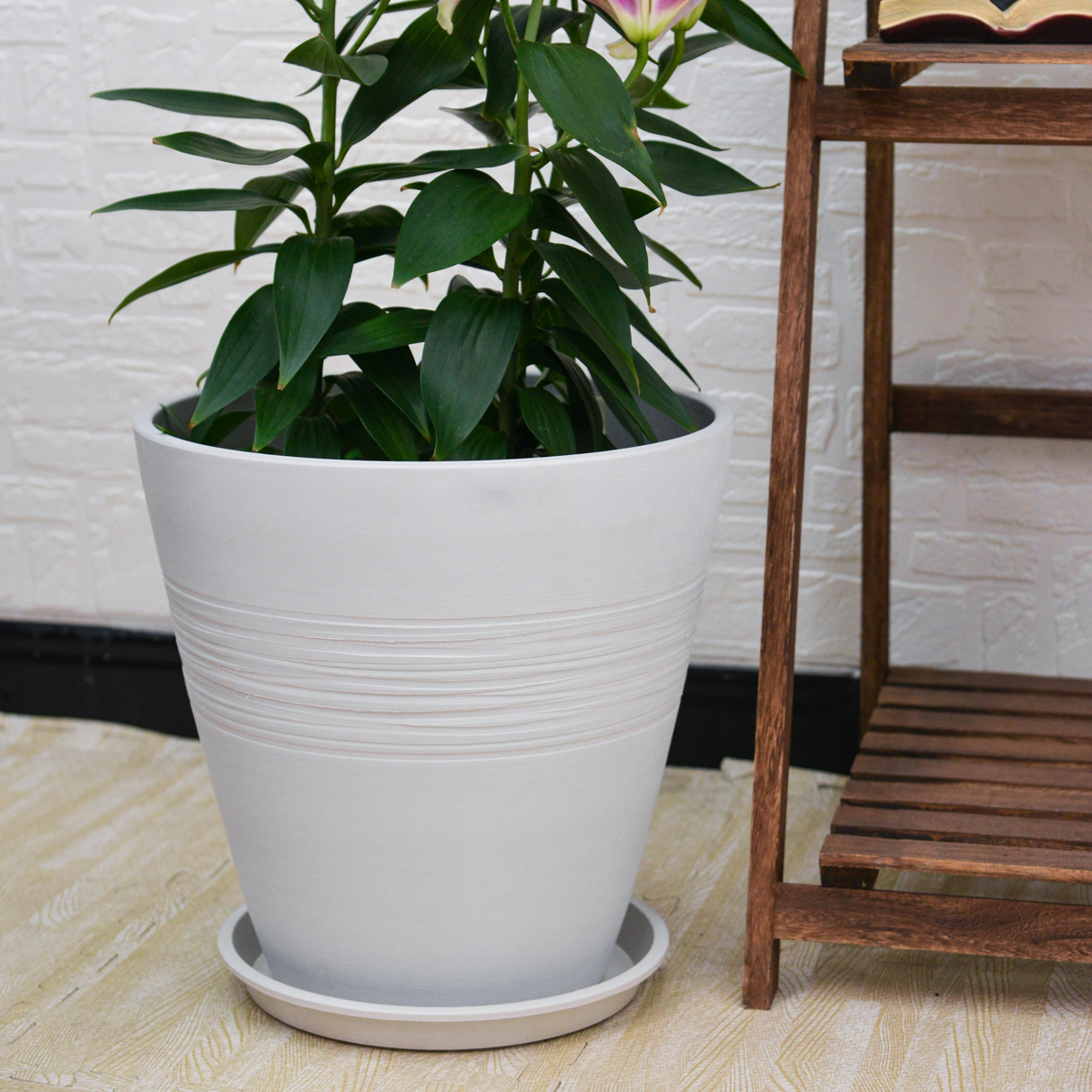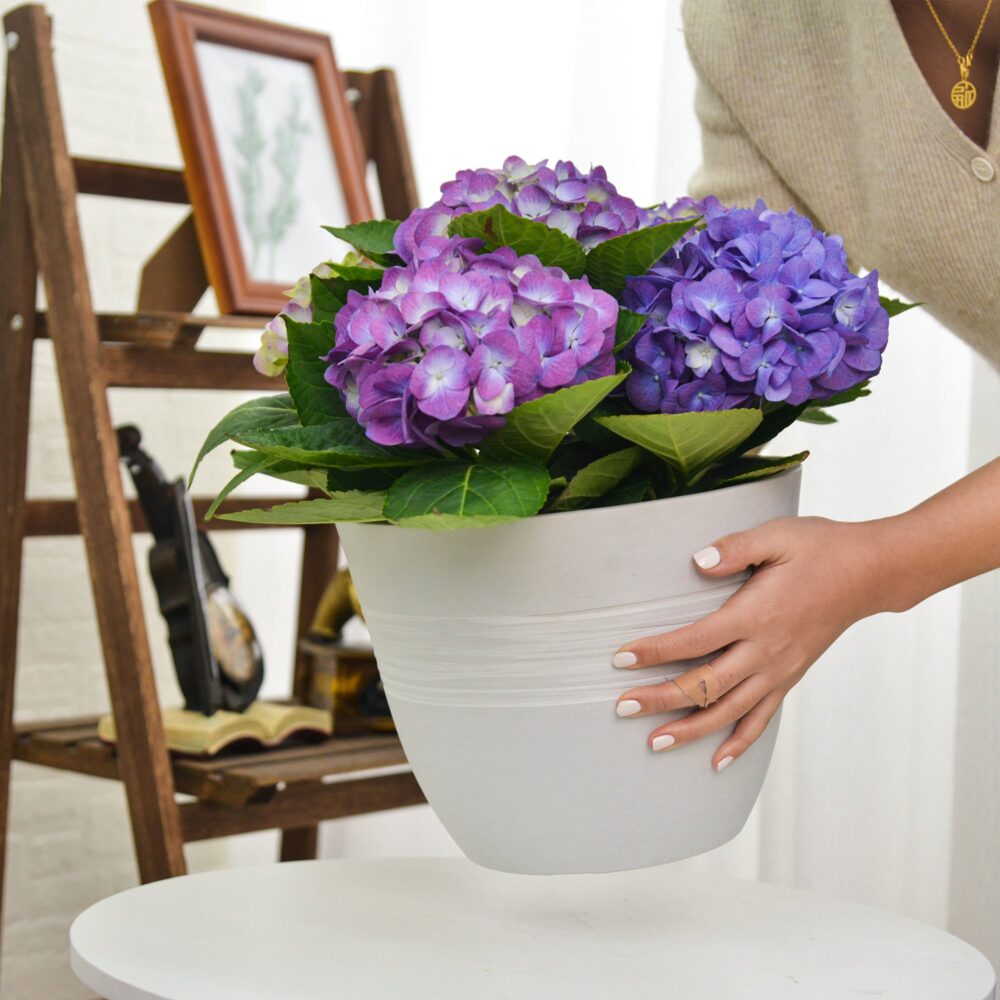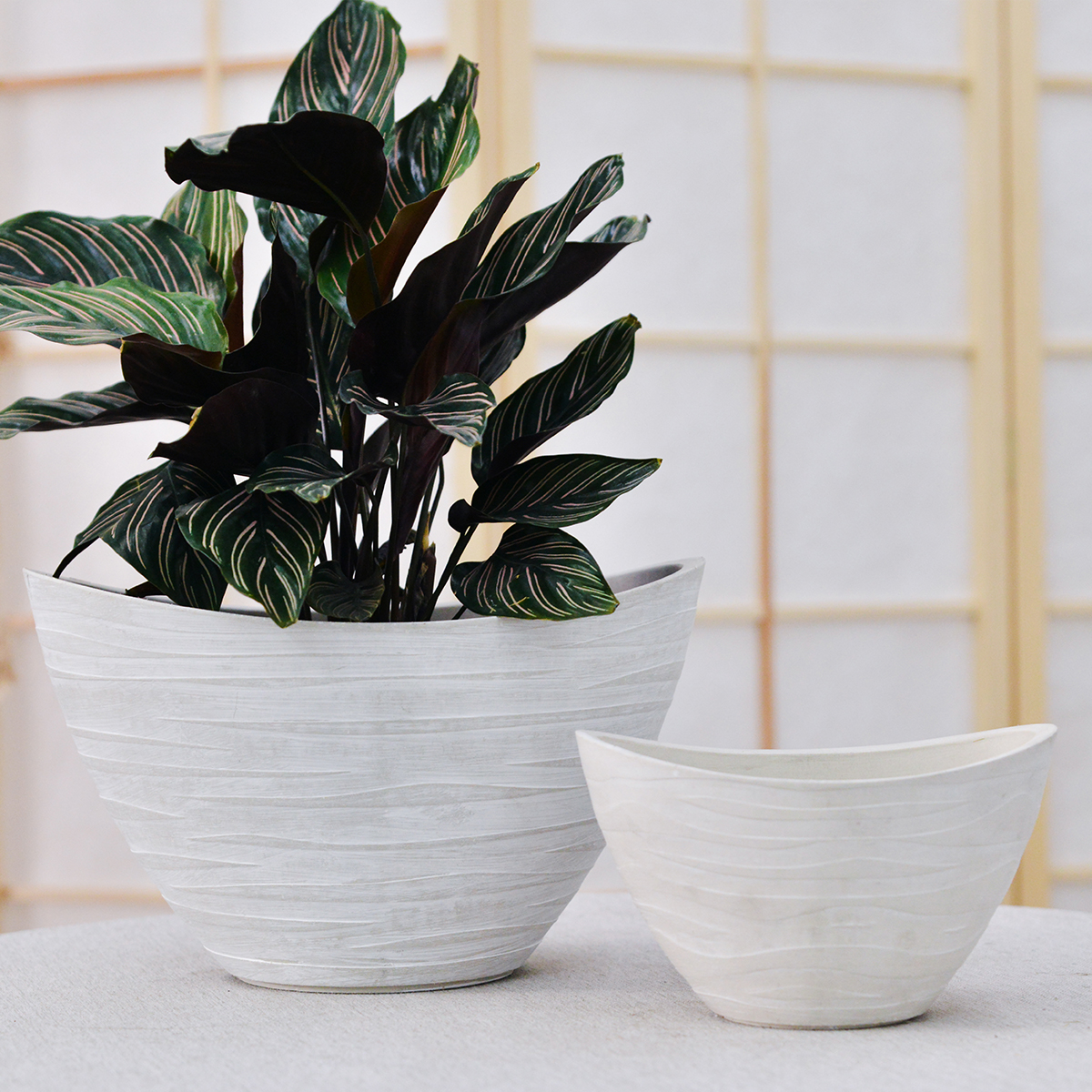Cylindrical Snake Plant Indoors: The Complete Guide to Growing Sansevieria Cylindrica at Home
Looking for a strikingly architectural and incredibly low-maintenance houseplant? Cylindrical Snake Plant, scientifically known as Sansevieria cylindrica (now classified as Dracaena angolensis), is a unique succulent prized for its upright, spear-like leaves and exceptional resilience. This modern and air-purifying plant, belonging to the Asparagaceae family and native to Angola, is perfect for adding a touch of minimalist elegance to your indoor spaces. This comprehensive guide will provide you with everything you need to know to grow Cylindrical Snake Plants indoors, from selecting the right plant and pot to mastering essential care techniques for a thriving and stylish houseplant in your home.
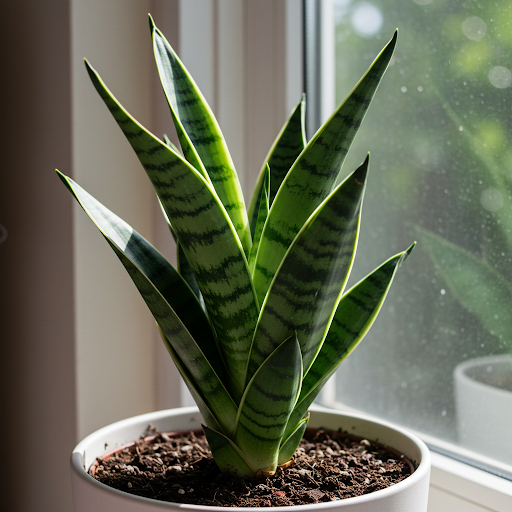
Cylindrical Snake Plant
What is Cylindrical Snake Plant (Sansevieria Cylindrica)?
Cylindrical Snake Plant, also known as Spear Sansevieria, African Spear Plant, or Dracaena Angolensis, is distinguished by its smooth, round, and upright leaves that grow directly from the soil. Unlike the flat, sword-like leaves of the common Snake Plant (Sansevieria trifasciata), Sansevieria cylindrica has cylindrical, spear-shaped foliage, often with subtle vertical grooves. It’s a slow-growing succulent known for its architectural form, drought tolerance, and air-purifying qualities.
Can Cylindrical Snake Plants Thrive Indoors?
Yes, Cylindrical Snake Plants thrive exceptionally well indoors and are considered among the easiest houseplants to grow, even for beginners. Their low-maintenance nature, drought tolerance, and adaptability to various indoor conditions make them ideal for homes and offices. They are particularly well-suited to indoor growing due to their tolerance of low light and infrequent watering.
Ideal Indoor Growing Conditions for Cylindrical Snake Plants:
- Varieties of Cylindrical Snake Plant: While Sansevieria cylindrica is the main species, there are some cultivars and variations available that offer slightly different appearances:
- Sansevieria cylindrica (Straight Form): The classic form with straight, upright cylindrical leaves.
- Sansevieria cylindrica ‘Starfish’ (Boncel): Leaves that fan out slightly at the top, resembling a starfish or crown.
- Sansevieria cylindrica ‘Spaghetti’: Thinner, more numerous leaves, creating a denser, grass-like appearance.
- Sansevieria cylindrica ‘Patula’: Shorter, more spreading cylindrical leaves.
- Light: Cylindrical Snake Plants are very adaptable to light conditions and can tolerate low light, but they thrive best in bright, indirect light. They can handle some direct morning sun, but avoid intense afternoon sun, which can scorch the leaves. Bright, indirect light will encourage the best growth and color. However, they will still grow in lower light conditions, making them suitable for rooms with less natural light.
- Soil: Cylindrical Snake Plants need very well-draining soil, which is crucial to prevent root rot. Use a cactus or succulent potting mix, which is specifically formulated for succulents and provides excellent drainage. You can also make your own mix by combining regular potting mix with perlite, coarse sand, or pumice in a higher ratio than for typical houseplants to ensure exceptional drainage.
- Watering: Cylindrical Snake Plants are succulents and are extremely drought-tolerant. Overwatering is the biggest enemy and can quickly lead to root rot. Water very sparingly and deeply, only when the soil is completely dry. Allow the soil to dry out thoroughly between waterings. In fact, it’s much better to underwater a Cylindrical Snake Plant than to overwater it. During the dormant period in fall and winter, water even less frequently, perhaps only once a month or even less.
- Temperature: Average room temperatures between 65°F to 80°F (18°C to 27°C) are ideal. Cylindrical Snake Plants are comfortable in typical household temperatures. They can tolerate a wide range of temperatures, even down to 50°F (10°C) for short periods, but avoid freezing temperatures.
- Humidity: Cylindrical Snake Plants prefer dry air and do not need high humidity. Average household humidity is perfectly suitable. Avoid placing them in overly humid environments.
Planting Your Cylindrical Snake Plant Indoors:
- Starting from Potted Plants or Divisions: The easiest way to start growing Cylindrical Snake Plants indoors is to purchase established potted plants from nurseries, garden centers, or online retailers. They can also be propagated by divisions when repotting mature plants, or less commonly by leaf cuttings (though this method is slower and may not always produce true-to-type cylindrical leaves).
- Propagation by Division: When repotting a mature Cylindrical Snake Plant, you can gently divide the rhizomes (underground stems) into sections, ensuring each section has roots and leaves. Plant each division in its own pot.
- Planting Time: Cylindrical Snake Plants can be planted or repotted at any time of year indoors. Spring or early summer, at the start of the growing season, is generally recommended for optimal establishment and growth.
Choosing the Right Pots for Indoor Cylindrical Snake Plants:
- Suitable Pot Types: Select pots with excellent drainage and good stability. Terracotta pots are highly recommended for Cylindrical Snake Plants, as their porous nature allows for better aeration and drainage, and their weight provides stability for taller plants. Unglazed ceramic pots are also a good option. Avoid plastic pots, as they retain more moisture and can increase the risk of overwatering, unless you are very careful with watering.
- Drainage: Drainage is absolutely critical for Cylindrical Snake Plants. Ensure your chosen pot has large drainage holes at the bottom. You can also add a layer of gravel or pot shards at the base of the pot to further improve drainage.
- Pot Size: Choose a pot that is only slightly larger than the root ball. Cylindrical Snake Plants prefer to be slightly root-bound and do not need large pots. Overpotting (using too large a pot) is a common mistake and greatly increases the risk of root rot. When repotting, typically move up only slightly in pot size. Tall, narrow pots can complement their upright growth habit, but ensure they are stable and not easily tipped over.
- Potting Mix: Use a cactus or succulent potting mix as described earlier.
Essential Care Tips for a Thriving Indoor Cylindrical Snake Plant:
- Watering Schedule: “Forget to Water”. The key to success with Cylindrical Snake Plants is underwatering, not overwatering. Allow the soil to dry out completely between waterings, and then wait even a bit longer. Water deeply when you do water, until water drains out of the drainage holes. Then, completely forget about watering it again until the soil is bone dry throughout the pot. This may be every 2-4 weeks in the growing season, and even less frequently in winter (monthly or even longer). If you are unsure, don’t water.
- Fertilizing: Very Minimal Feeding. Cylindrical Snake Plants are very light feeders and do not require frequent fertilization. Fertilize very sparingly, only 1-2 times per year, during the active growing season (spring or summer), with a balanced liquid fertilizer diluted to half or quarter strength, or a fertilizer specifically formulated for succulents and cacti. Over-fertilizing is more harmful than beneficial and can lead to weak growth. Avoid fertilizing during the fall and winter dormant period.
- Light Management: Adaptable, but Prefers Bright Indirect Light. While they tolerate low light, Cylindrical Snake Plants will grow best and maintain the most vibrant color in bright, indirect light. If placed in very low light, growth will be very slow. Avoid prolonged exposure to intense, direct afternoon sun, which can sometimes scorch leaves.
- Leaf Cleaning: The smooth leaves of Cylindrical Snake Plants can collect dust. Wipe the leaves with a damp cloth occasionally to keep them clean and glossy.
- Repotting Schedule: Repot Cylindrical Snake Plants very infrequently, only when they become significantly root-bound, or every 3-4 years or even longer. They prefer to be slightly pot-bound. Repot in spring or early summer.
- Dormancy (Fall and Winter): Cylindrical Snake Plants naturally slow down their growth in the fall and winter. Reduce watering significantly during this dormant period.
- Pest and Disease Control: Cylindrical Snake Plants are generally very resistant to pests and diseases. Overwatering is the primary cause of problems, leading to root rot. Ensure proper drainage and avoid overwatering to prevent root rot. Mealybugs can occasionally occur, but are less common.
Popular Cylindrical Snake Plant Cultivars and Forms:
- Sansevieria cylindrica (Straight Cylindrical Form)
- Sansevieria cylindrica ‘Starfish’ (Boncel)
- Sansevieria cylindrica ‘Spaghetti’
- Sansevieria cylindrica ‘Patula’
- Braided Cylindrical Snake Plants: Leaves are sometimes braided or woven together for a decorative effect. This is a horticultural manipulation, not a natural variety.
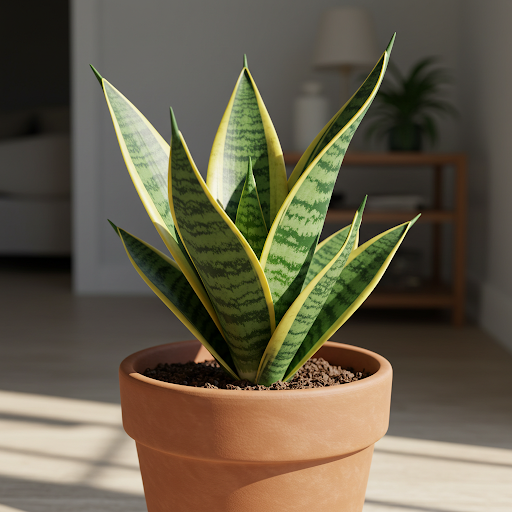
Cylindrical Snake Plant
In Summary:
Growing Cylindrical Snake Plants indoors is an incredibly easy and rewarding way to add a touch of modern, architectural style to your home. Their exceptional low-maintenance nature, drought tolerance, and striking upright form make them perfect for even the most neglectful plant owners. By providing very well-draining cactus or succulent mix in a terracotta pot, watering sparingly only when the soil is bone dry, and placing them in bright, indirect light (though they tolerate low light too), you can effortlessly cultivate thriving and stylish Cylindrical Snake Plants indoors and enjoy their unique presence for many years to come.
For more detailed botanical information and to explore the characteristics of this resilient plant, you can visit the Wikipedia page on Dracaena angolensis.
Important Note: Cylindrical Snake Plants, like other Sansevieria ( Dracaena) species, are considered mildly toxic if ingested due to saponins, which can cause mild stomach upset if consumed. Keep them out of reach of children and pets who may be tempted to chew on the leaves.
20VD
By greenship|2024-08-13T06:43:41+00:00August 13, 2024|Categories: Hand-carving Series|
11TH
By greenship|2024-08-13T02:50:25+00:00August 13, 2024|Categories: Hand-carving Series|
KC2-GS
By greenship|2024-08-16T06:30:21+00:00August 16, 2024|Categories: Hand-carving Series|
Planter for Indoor Outdoor Plants, Set of 2 Modern Decorative Plant Pots with Drainage Hole, Decorative Flower Pots
By greenship-seo|2025-01-14T12:26:44+00:00January 14, 2025|Categories: Hand-carving Series|Tags: Decorative Flower Pots|
20YB
By greenship|2024-08-16T05:37:57+00:00August 16, 2024|Categories: Hand-carving Series|
KC2-11V
By greenship|2024-08-16T05:39:50+00:00August 16, 2024|Categories: Hand-carving Series|



